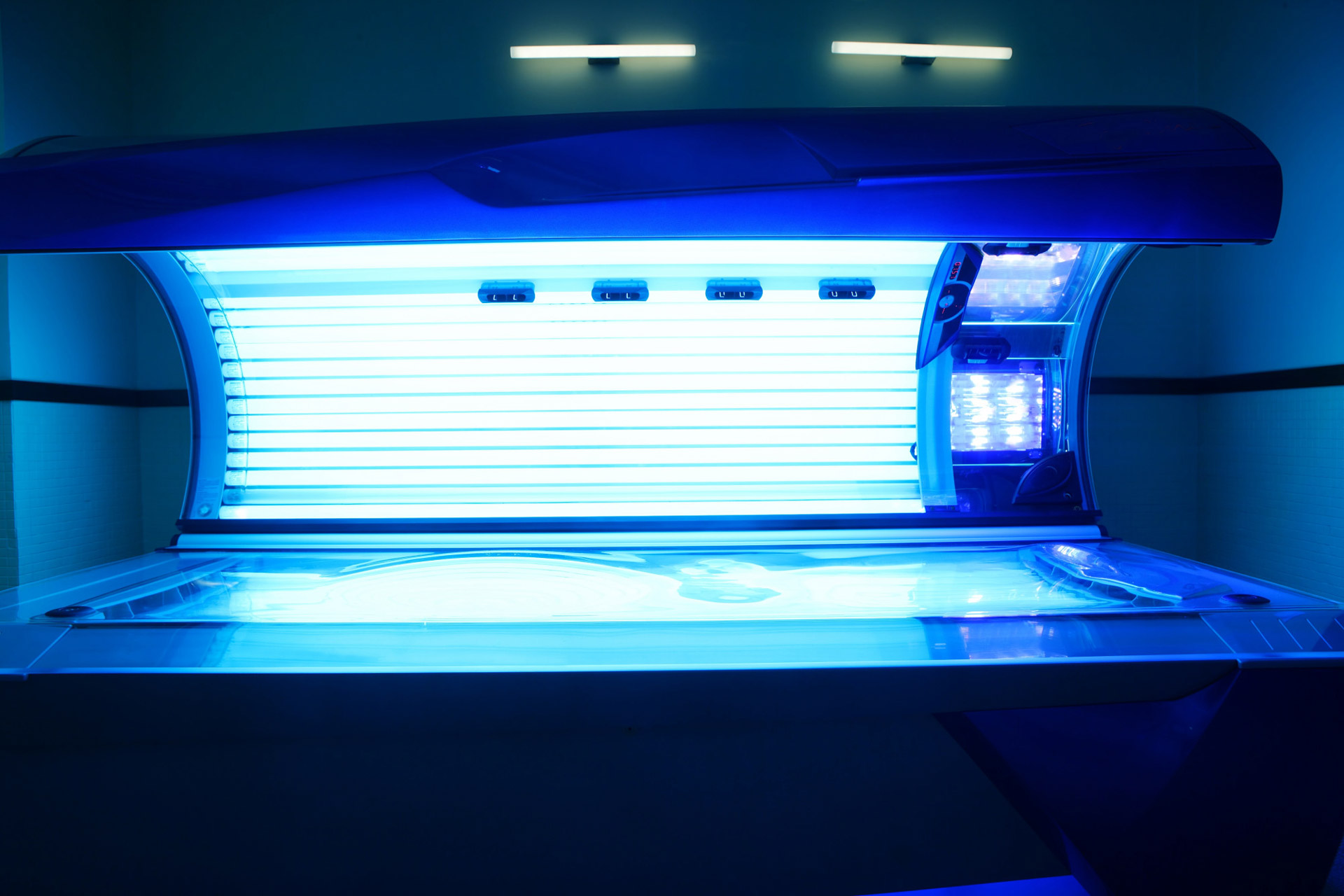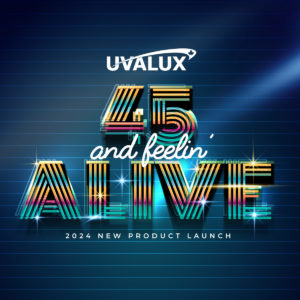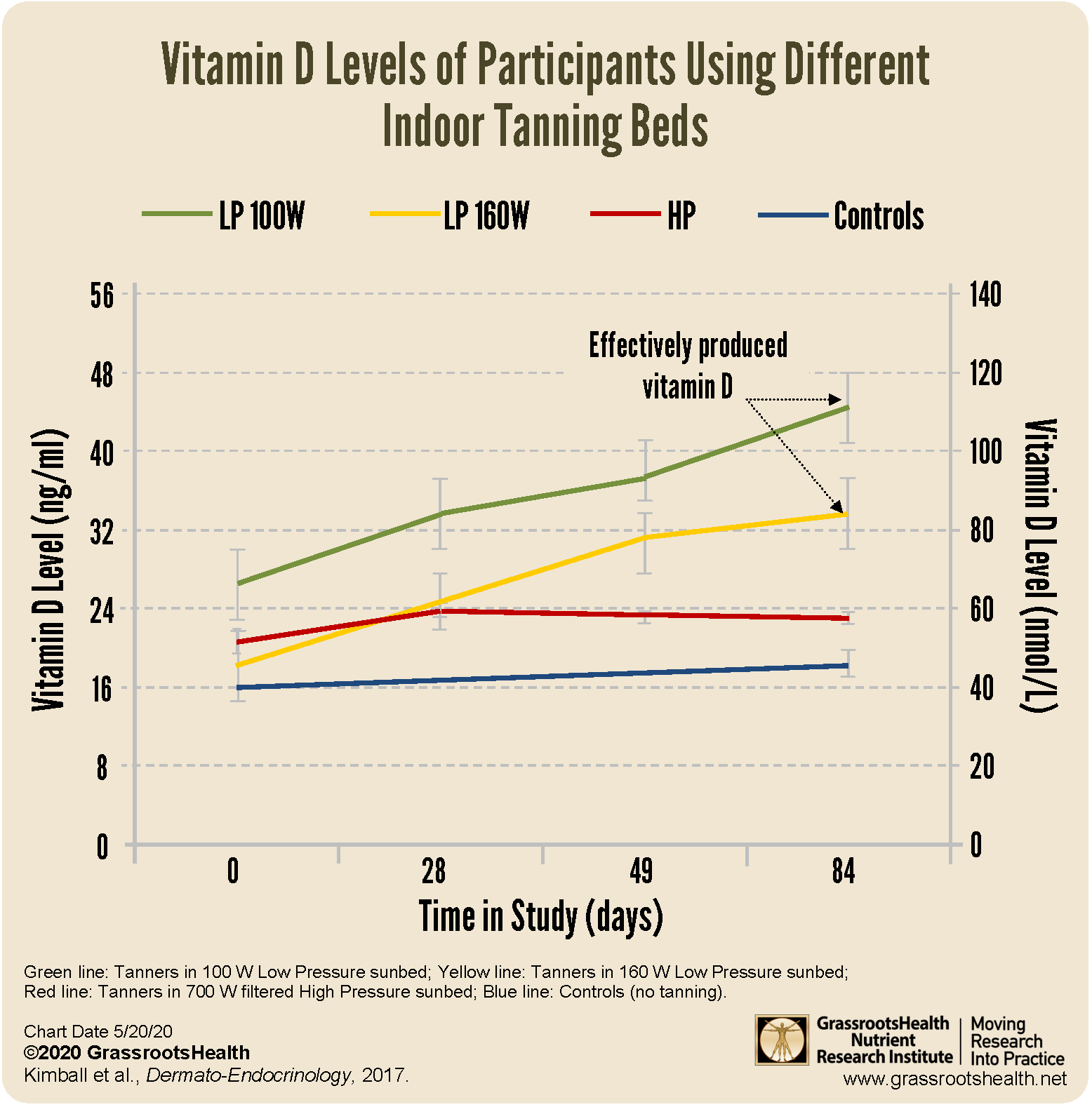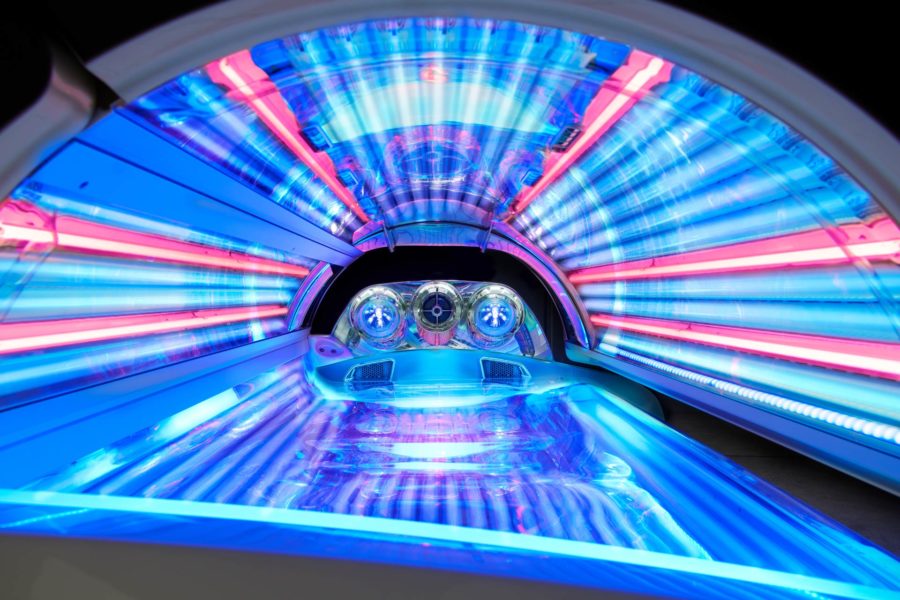
When sunshine is not an option for you, using an indoor UV device may help.
It is well known that the sun provides many health benefits, one of them being the production of vitamin D in the skin when the circumstances are right. Unfortunately, during the winter months at latitudes above ∼35°, there is minimal, if any, vitamin D3 production in the skin from sun exposure. What can be done during the winter months, or when going outside at midday is not an option for you?
GrassrootsHealth Data Demonstrates Indoor UV Options Help
In a previous post, we analyzed data from the GrassrootsHealth cohort to show that participants who did not supplement with vitamin D could reach the recommended level of 40-60 ng/ml (100-150 nmol/L) with the regular use of indoor tanning. This is great news!
To get even more data on the sources of indoor UV that participants use and their effect on vitamin D levels, we have added a few new questions to our questionnaire that ask if participants have used any UV equipment, such as a table top light or sunbeds at tanning salons, what type of device(s) were used, how often and for what length of time they were used, followed by a question about skin type.
The studies reviewed below also show that using indoor UVB devices can help keep your vitamin D levels on track when sunshine is not an option, and may even be preferred among individuals who may not respond as well to supplementation, such as those with digestive conditions or on certain medications that may inhibit absorption.
A Practical Use of Sunbeds for Increasing Vitamin D Levels
In a study published to address the use of indoor UV sources to produce vitamin D, Dr. Michael Holick concluded that exposure to lamps that produce UVB radiation are an excellent source for producing vitamin D3 in the skin.
For this study, fifteen healthy adult participants were exposed to 0.75 minimal erythemal dose (MED) three times a week. One MED of UVB, the amount of UV radiation that will produce minimal redness or sunburn, is roughly equivalent to ingesting between 10,000 and 25,000 IU of vitamin D.
Using the Fitzpatrick classification of skin phototype, Dr. Holick found that healthy adults with skin type 2 (fair, burns easily) and skin type 3 (darker white skin, tans after initial burn) experienced dramatic improvement in vitamin D status after exposure to UVB radiation in a commercial tanning bed. After 1 week, vitamin D levels had risen by 50% and continued to rise over 5 weeks to approximately 150%. After 5 weeks, vitamin D levels plateaued and were sustained until week 7.
Different Types of Indoor UV Give Different Results
When considering using a source of artificial UV light, it is important to be aware of the type of UV, its safety, and the physiological effects it may produce, especially in terms of vitamin D.
A study by Kimball et al. (2017) on sunbeds and vitamin D in Canada found that individuals following standard sunbed tanning protocols in a typical tanning salon can achieve physiological levels of vitamin D when the sunbed emits UVB light in the range equivalent to outdoor summer sunshine, which most sunbed lamps do. More than 75% of all four study groups were considered vitamin D deficient (<30 ng/mL, or <75 nmol/L) at the start of the study, in the wintertime.
As shown in the chart above, vitamin D levels increased by an average of 17 ng/ml (42 nmol/L) in participants using sunbeds that used 100W and 160W fluorescent bulbs with 2.2% and 4.2% UVB. Vitamin D levels continued to increase after a base tan was achieved, all the way to the end of the 12-week study, with no adverse events or skin burns reported. This study supports the use of artificially derived UVB light to raise serum vitamin D levels when the UV index of the sun is low, especially in the winter months of northern countries.
Are there other indoor UV options available?
Indoor sun and UVB lamps and bulbs are also available and effective at helping to boost vitamin D production in the skin. Be mindful that some of these lamps may only offer UVB and no UVA exposure, so vitamin D may be produced with exposure, but not nitric oxide, and the full benefits of sunshine may not be achieved.
Guidelines for Safe Use of Sunbeds from Health Canada
If considering using indoor tanning options, such as sunbeds, do your research and be sure to follow safety guidelines, such as those set by Health Canada.
- Look for, read, and follow the warning and technical labels on the equipment. Labels tell you the recommended time you should be exposed each session (the time will vary, in part, depending on your skin type).
- Talk to the salon operator about your skin’s sensitivity and your ability to tan.
- Do not go over the recommended time in a tanning session for your skin type.
- Do not use tanning lamps more often than is prescribed for your particular skin type.
- Always wear the safety eyewear that is recommended for the type of lamp you are using.
- Allow at least 48 hours between each tanning session. This will give your skin a chance to repair some of the damage from the UV rays and may slow down the aging effects caused by the exposure.
- Report any side effects (like sunburn or itchiness) to the salon operator. In cases of severe sunburn, see your health care provider.
Practicing safe sun exposure is a natural way to increase your vitamin D levels. As reviewed above, studies have shown that you can also reach recommended vitamin D levels (>40 ng/ml or >100 nmol/L) using sunbeds containing UVB and following time exposure guidelines for your skin type without adverse events.
The need to make up for our sunshine deficit, beyond vitamin D deficiency, is certainly there! Which option will you choose? Let us know when you answer your next GrassrootsHealth questionnaire.
Article Source: GrassrootsHealth



